
Edouard Manet Painting Reproductions 6 of 7
1832-1883
French Realist/Impressionist Painter
152 Manet Paintings
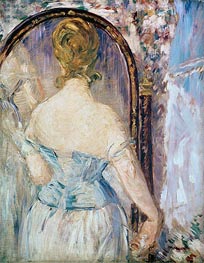
Woman Before a Mirror c.1876/77
Oil Painting
$817
$817
Canvas Print
$72.66
$72.66
SKU: MED-13679
Edouard Manet
Original Size: 92.1 x 71.4 cm
Solomon R. Guggenheim Museum, New York, USA
Edouard Manet
Original Size: 92.1 x 71.4 cm
Solomon R. Guggenheim Museum, New York, USA
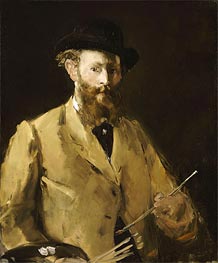
Self Portrait with a Palette c.1878/79
Oil Painting
$1099
$1099
Canvas Print
$77.43
$77.43
SKU: MED-13680
Edouard Manet
Original Size: 83 x 67 cm
Private Collection
Edouard Manet
Original Size: 83 x 67 cm
Private Collection
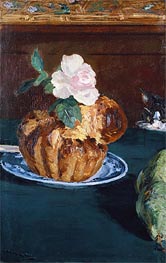
Still Life with Brioche c.1880
Oil Painting
$703
$703
Canvas Print
$61.75
$61.75
SKU: MED-13681
Edouard Manet
Original Size: 55 x 35 cm
Carnegie Museum of Art, Pittsburgh, USA
Edouard Manet
Original Size: 55 x 35 cm
Carnegie Museum of Art, Pittsburgh, USA

Peonies 1862
Oil Painting
$729
$729
Canvas Print
$61.75
$61.75
SKU: MED-13682
Edouard Manet
Original Size: 46 x 37 cm
Private Collection
Edouard Manet
Original Size: 46 x 37 cm
Private Collection
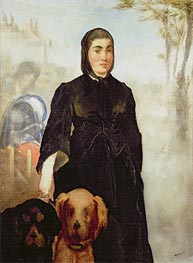
Woman With Dogs 1858
Oil Painting
$1062
$1062
Canvas Print
$68.74
$68.74
SKU: MED-13683
Edouard Manet
Original Size: 92 x 65 cm
Private Collection
Edouard Manet
Original Size: 92 x 65 cm
Private Collection
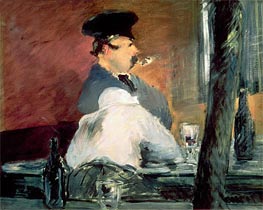
The Bar c.1878/79
Oil Painting
$786
$786
Canvas Print
$74.87
$74.87
SKU: MED-13684
Edouard Manet
Original Size: 73 x 91 cm
Pushkin Museum of Fine Arts, Moscow, Russia
Edouard Manet
Original Size: 73 x 91 cm
Pushkin Museum of Fine Arts, Moscow, Russia
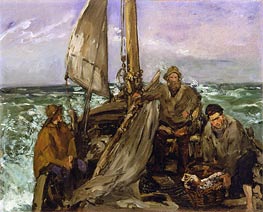
The Toilers of the Sea 1873
Oil Painting
$1062
$1062
Canvas Print
$75.21
$75.21
SKU: MED-13685
Edouard Manet
Original Size: 92.7 x 108 cm
Museum of Fine Arts, Houston, USA
Edouard Manet
Original Size: 92.7 x 108 cm
Museum of Fine Arts, Houston, USA
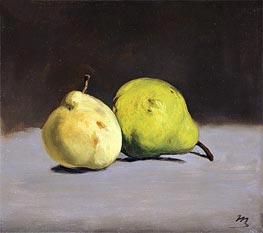
Two Pears 1864
Oil Painting
$622
$622
Canvas Print
$61.75
$61.75
SKU: MED-13686
Edouard Manet
Original Size: 28.5 x 32.4 cm
Private Collection
Edouard Manet
Original Size: 28.5 x 32.4 cm
Private Collection
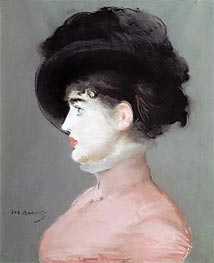
La Viennoise (Portrait of Irma Brunner) c.1880
Oil Painting
$836
$836
Canvas Print
$73.00
$73.00
SKU: MED-13687
Edouard Manet
Original Size: 53.5 x 44.1 cm
Louvre Museum, Paris, France
Edouard Manet
Original Size: 53.5 x 44.1 cm
Louvre Museum, Paris, France
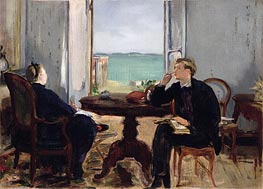
Interior at Arcachon 1871
Oil Painting
$803
$803
Canvas Print
$65.46
$65.46
SKU: MED-13688
Edouard Manet
Original Size: 39.4 x 53.7 cm
The Clark Art Institute, Massachusetts, USA
Edouard Manet
Original Size: 39.4 x 53.7 cm
The Clark Art Institute, Massachusetts, USA
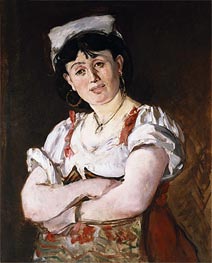
The Italian 1860
Oil Painting
$1170
$1170
Canvas Print
$75.38
$75.38
SKU: MED-13689
Edouard Manet
Original Size: unknown
Private Collection
Edouard Manet
Original Size: unknown
Private Collection
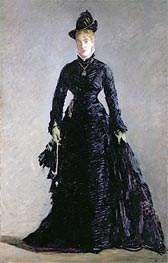
A Parisian Lady n.d.
Oil Painting
$1275
$1275
Canvas Print
$61.75
$61.75
SKU: MED-13690
Edouard Manet
Original Size: 192 x 125 cm
National Museum, Stockholm, Sweden
Edouard Manet
Original Size: 192 x 125 cm
National Museum, Stockholm, Sweden
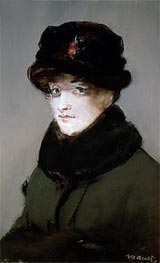
Mery Laurent Wearing a Fur-Collared Cardigan 1882
Canvas Print
$61.75
$61.75
SKU: MED-13691
Edouard Manet
Original Size: 54 x 34 cm
Private Collection
Edouard Manet
Original Size: 54 x 34 cm
Private Collection
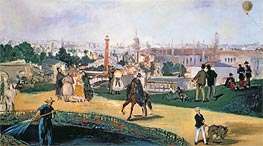
The Exposition Universelle 1867
Oil Painting
$1005
$1005
Canvas Print
$61.75
$61.75
SKU: MED-13692
Edouard Manet
Original Size: 108 x 196 cm
Nasjonalgalleriet, Oslo, Norway
Edouard Manet
Original Size: 108 x 196 cm
Nasjonalgalleriet, Oslo, Norway
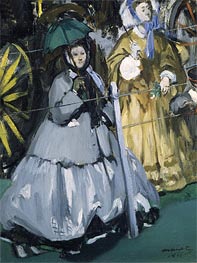
Women at the Races 1865
Oil Painting
$743
$743
Canvas Print
$61.75
$61.75
SKU: MED-13693
Edouard Manet
Original Size: 42.2 x 32.1 cm
Cincinnati Art Museum, Ohio, USA
Edouard Manet
Original Size: 42.2 x 32.1 cm
Cincinnati Art Museum, Ohio, USA
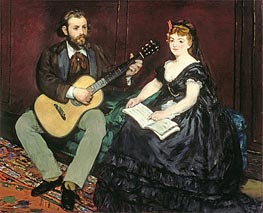
Music Lesson 1870
Oil Painting
$1398
$1398
Canvas Print
$75.72
$75.72
SKU: MED-13694
Edouard Manet
Original Size: 141 x 173 cm
Boston Museum of Fine Arts, Massachusetts, USA
Edouard Manet
Original Size: 141 x 173 cm
Boston Museum of Fine Arts, Massachusetts, USA
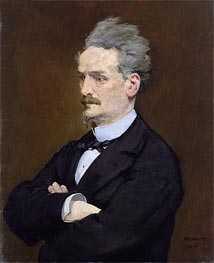
The Journalist Henri Rochefort 1881
Oil Painting
$1155
$1155
Canvas Print
$76.06
$76.06
SKU: MED-13695
Edouard Manet
Original Size: 81.5 x 66.5 cm
Hamburger Kunsthalle, Hamburg, Germany
Edouard Manet
Original Size: 81.5 x 66.5 cm
Hamburger Kunsthalle, Hamburg, Germany
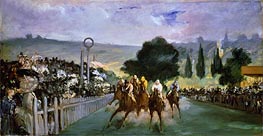
The Races at Longchamp 1866
Oil Painting
$1164
$1164
Canvas Print
$61.75
$61.75
SKU: MED-13696
Edouard Manet
Original Size: 44 x 84.5 cm
Art Institute of Chicago, Illinois, USA
Edouard Manet
Original Size: 44 x 84.5 cm
Art Institute of Chicago, Illinois, USA
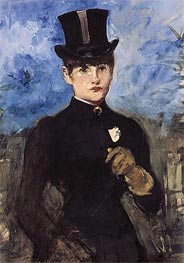
Horsewoman, Fullface c.1882
Oil Painting
$1091
$1091
Canvas Print
$65.35
$65.35
SKU: MED-13698
Edouard Manet
Original Size: 73 x 52 cm
Thyssen-Bornemisza Museum, Madrid, Spain
Edouard Manet
Original Size: 73 x 52 cm
Thyssen-Bornemisza Museum, Madrid, Spain
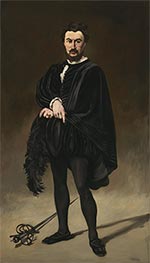
The Tragic Actor (Rouvière as Hamlet) 1866
Oil Painting
$1025
$1025
Canvas Print
$61.75
$61.75
SKU: MED-17788
Edouard Manet
Original Size: 187.2 x 108 cm
National Gallery of Art, Washington, USA
Edouard Manet
Original Size: 187.2 x 108 cm
National Gallery of Art, Washington, USA
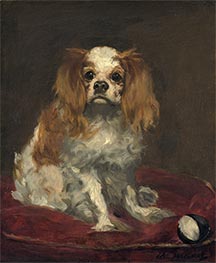
A King Charles Spaniel c.1866
Oil Painting
$817
$817
Canvas Print
$61.75
$61.75
SKU: MED-17789
Edouard Manet
Original Size: 46 x 38 cm
National Gallery of Art, Washington, USA
Edouard Manet
Original Size: 46 x 38 cm
National Gallery of Art, Washington, USA

Portrait of Berthe Morisot Reclining 1873
Oil Painting
$727
$727
Canvas Print
$61.75
$61.75
SKU: MED-18081
Edouard Manet
Original Size: 26 x 34 cm
Musee Marmottan Monet, Paris, France
Edouard Manet
Original Size: 26 x 34 cm
Musee Marmottan Monet, Paris, France
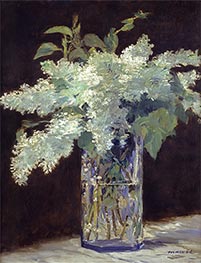
The Bouquet of Lilacs c.1882
Oil Painting
$742
$742
Canvas Print
$70.17
$70.17
SKU: MED-18823
Edouard Manet
Original Size: 54 x 42 cm
Gemaldegalerie, Berlin, Germany
Edouard Manet
Original Size: 54 x 42 cm
Gemaldegalerie, Berlin, Germany
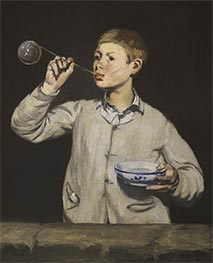
Boy Blowing Bubbles 1867
Oil Painting
$1009
$1009
Canvas Print
$75.21
$75.21
SKU: MED-18830
Edouard Manet
Original Size: 100.5 x 81.4 cm
Museu Calouste Gulbenkian, Lisbon, Portugal
Edouard Manet
Original Size: 100.5 x 81.4 cm
Museu Calouste Gulbenkian, Lisbon, Portugal